|
|
Performing
the
Siu-Nim-Tau
correctly
|
|
 |
The
quality with which the forms are practiced has a major influence
on the ability to apply the WT principles in actual combat.
The sequence of movements in the relatively short WingTsun forms
is quickly learned, but even masters constantly refine their
execution.
Naturally one could discuss countless aspects to which
particular attention must be paid when practicing the forms, but
the object of this series is not an exhaustive analysis of all
the movements in a form. Instead we provide examples of
important aspects which should be noted.
Siu-Nim-Tau
5th set:
The left hand is opened and a Pak-Sao movement is performed to
shoulder width on the right side. The hand is then moved back to
the centre and thrust forward along the centre line as a lying
palmstrike (Wang Cheung). This is followed by a Huen-Sao
movement, then the closed fist is withdrawn with Sao-Kuen. The
same sequence is repeated with the right hand.



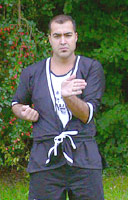
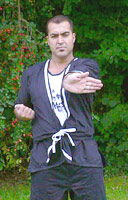
NOTE: The Pak-Sao to the side commences right from the starting
position, as soon as the fist is opened next to the chest. The
elbow remains as low as possible throughout the entire sequence.
6th set:
After a left-hand Tan-Sao the elbow sinks to form Jam-Sao, and
the hand likewise sinks slightly; the elbow is moved outwards to
initiate the Gwat-Sao movement. The entire arm is then raised as
Lau-Sao until the hand is at the level of the ear (Ko-Tan-Sao).
From there the hand is thrust downward as Dai-Cheung with a
lying palm, then the sequence is concluded with Huen-Sao and
Sao-Kuen. All the movements are repeated on the right.
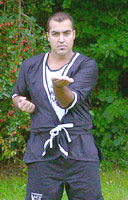
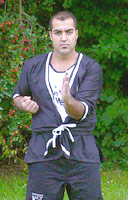
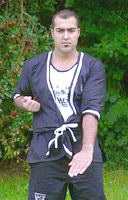

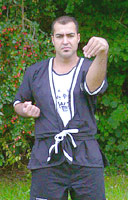
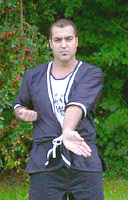
NOTE: The transition from Jam-Sao to Gwat-Sao is started by an
outward elbow movement. The Gwat-Sao protects the entire half of
the body.
7th set:
The left arm performs a Bong-Sao. The elbow is then lowered with
a change to the Tan-Sao position. From this position a
palm-strike with the fingertips pointing downwards (Ong-Cheung)
is carried out. This is followed by a Huen-Sao movement, then
the closed fist is retracted with Sao-Kuen. The sequence is
repeated with the right hand.
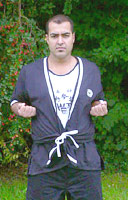

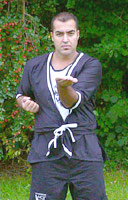
NOTE: It is very important to ensure that the movement is led by
the elbow when changing from Bong-Sao to Tan-Sao. The wrist only
rotates right at the end.
8th set:
First the left hand is thrust forward and downwards, with the
palm facing inwards. The right hand is then positioned on the
left arm at elbow level, with the palm facing upwards. The right
hand is then pushed downwards along the left arm, while the left
arm is drawn upwards until the left hand rests on the right
elbow with its palm upwards. The palm of the right hand rotates
during this movement, so that it ends up facing inwards. This
sequence (Tut-Sao) is repeated twice. After the third sequence
the left hand closes to form a fist and chain-punches are
performed. The first form ends with a Huen-Sao and Sao-Kuen
movement.
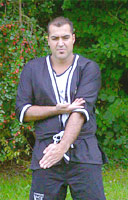
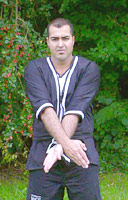
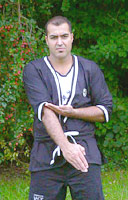
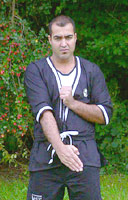
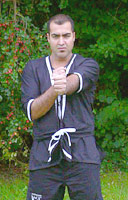

NOTE: It is important to make sure that the lower arm only
withdraws when the upper armís wrist moves across the lower
wrist. (Coordination!)
Text: WINGTSUN World |




















